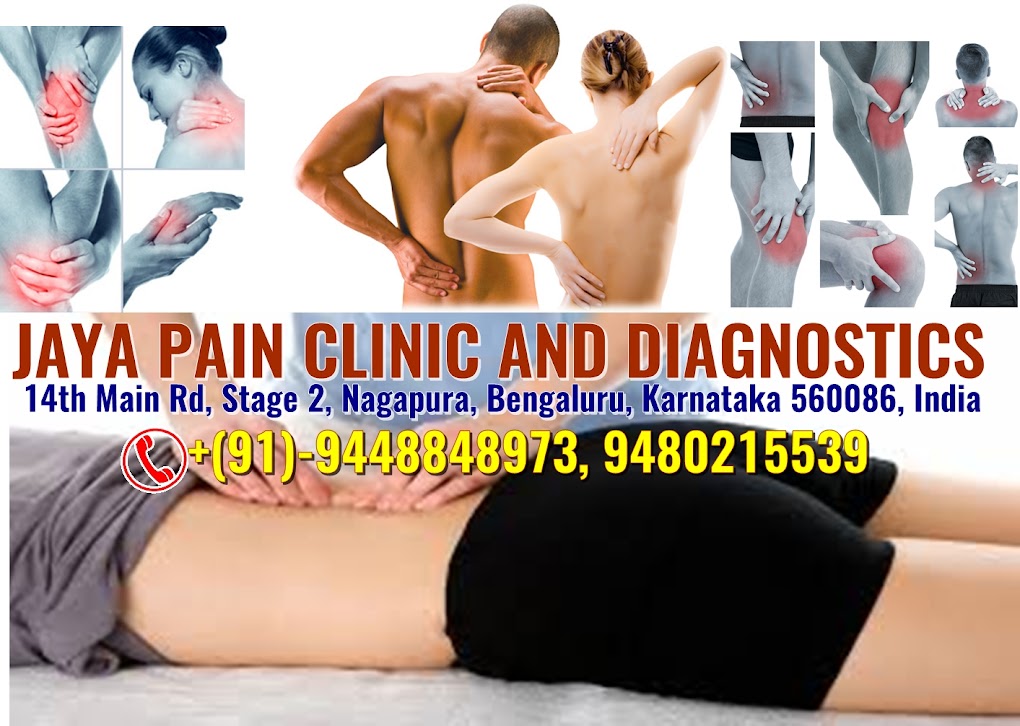Good nutrition plays a crucial role in keeping older people healthy and
functioning .The most vulnerable population groups for malnutrition are
children and elderly.
Mr.Ramaswamy and his
wife are senior citizens living in Bangalore. They feel insecure since their
children are abroad. They often get lazy to buy grocery for them selves and do
not get motivated to cook food. Luckily they have no problem with finances.
Guess what could
happen when there is added financial problem in old age?
- The following could be the reasons for malnutrition in elderly.
They eat less since
they have little money, too many medicines to consume for different aliments,
cannot go to the grocery shop independently, or have no natural teeth to chew.
- Eating well over 50
The motto should
be “you are what you eat.” Whole some meals give you more energy and help you look better, boosting
the self esteem. Key nutrients are essential for the brain to do its job, thus
sharpening the mind.
And finally good nutrition boosts immunity and fights illness causing
toxins. Eating healthy does
not have to be about dieting and sacrifice. It means fresh, colorful food full
of nutrients, preferably in the company someone you are fond of.
Certain vitamins and minerals have to be supplemented in old age through
fortified serials, juice or medicines since they are prone for deficiencies. Highly
reactive free radicals generated during metabolic process, contribute to the
tissue deterioration of aging. Consuming anti oxidants, high dietary fiber
judiciously can help maintaining health in elderly.
Regular physical
exercises, preferably observed by the trainers can preserve physical strength.
Who does not want to look forty at severely
years !!
Key to staying fit in older age is to eat nutritious food, keep active
by exercises focusing on strength, flexibility and balance.
Dr.Sudha Prasad Can be Contacted on: 9448848973,
Jaya Pain Clinic & Diagnostic Center, Blog:http://jayapainclinicanddiagnostics.blogspot.in/
Address: 1063, 11th Main Rd, Stage 2, Nagapura, Bangalore, KA 560086


